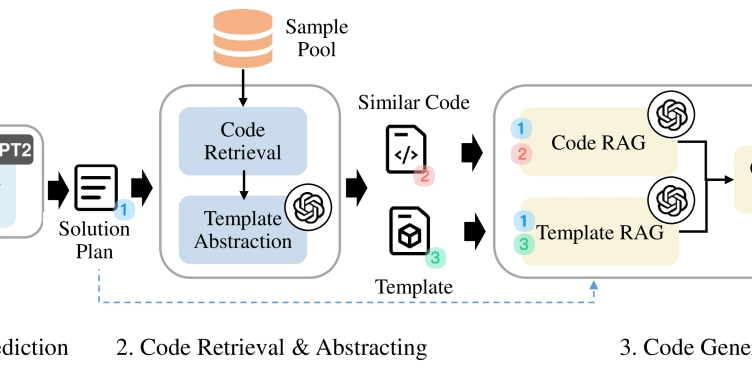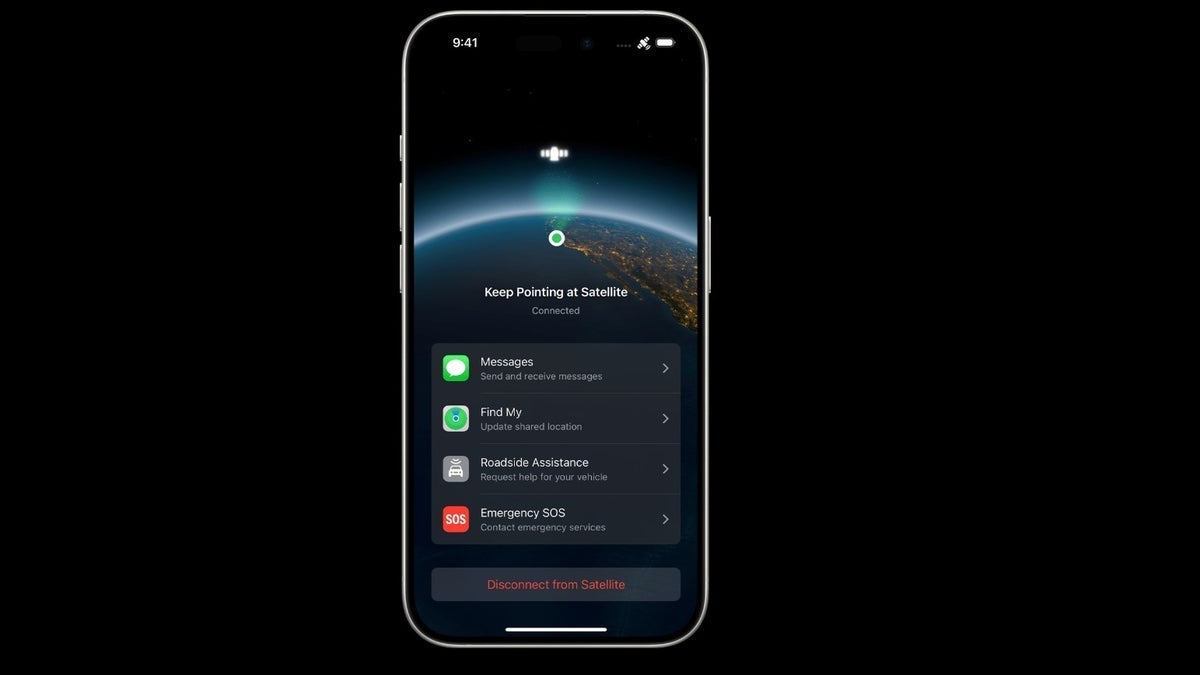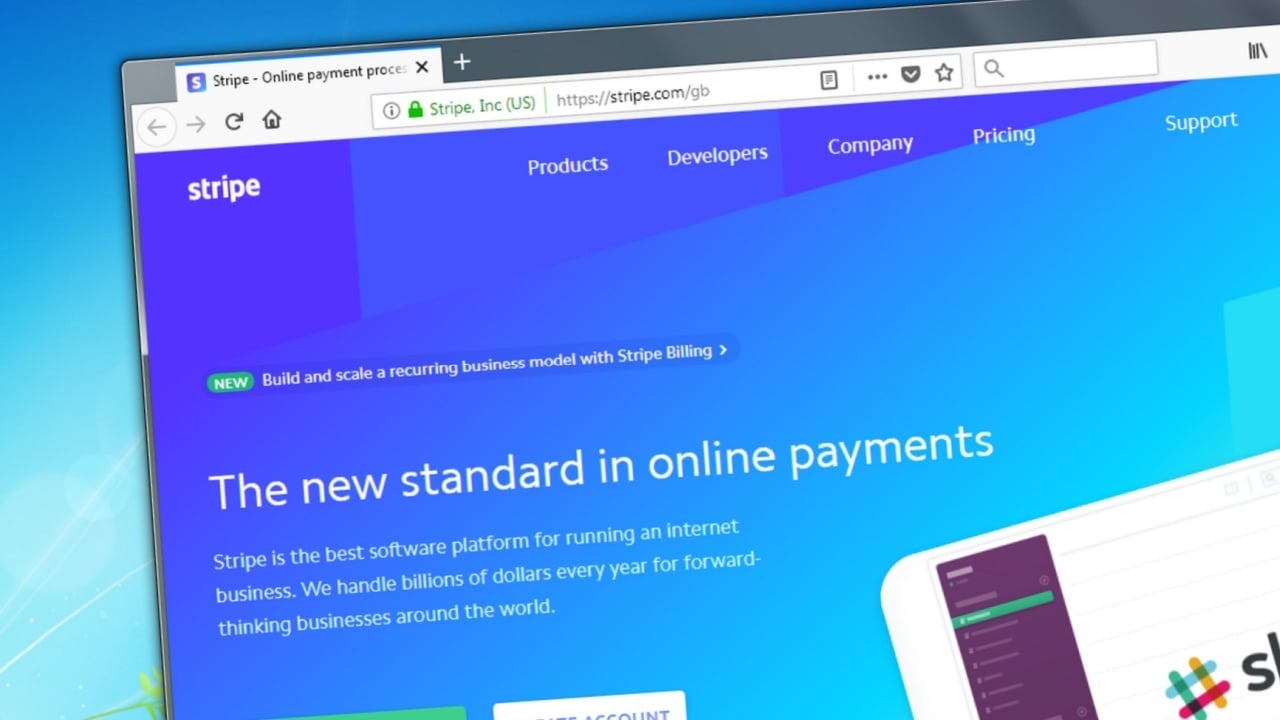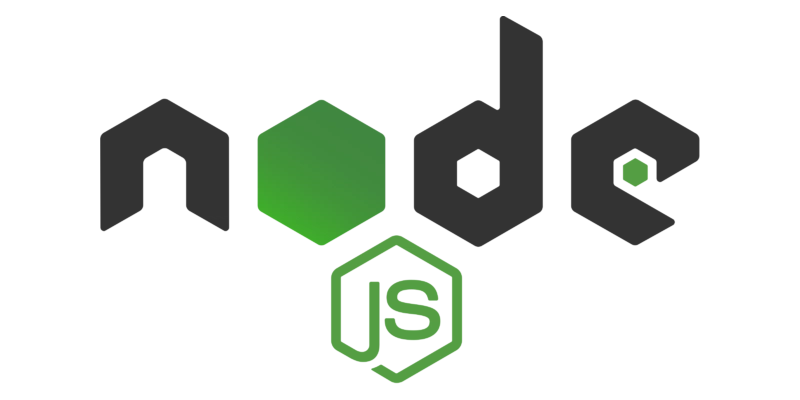Understanding .well-known URIs
Recently, while exploring internal OAuth documents at work, I stumbled upon URLs that looked like this: https://example.com/.well-known/interal-auth/... The .well-known URI grabbed my attention, so in this blog, we'll demystify the concept, RFC 8615, and explore some real-world examples. TL;DR Aspect Details What A standard URI prefix (/.well-known/) for service discovery and configuration. Why Brings predictability, reduces conflicts, simplifies client-server interactions. Examples Let's Encrypt challenges, OAuth discovery, security.txt, password management, Universal Links, and more. What is .well-known? (RFC 8615) RFC 8615 defines a special URI path prefix — .well-known/ — intended for service discovery. In simple terms: It’s a standardized location on a server where applications can reliably look for specific information or configurations. Instead of inventing different locations for different apps, .well-known/ gives a consistent, predictable way to find resources. This path is always at the root of the domain (e.g., https://yourdomain.com/.well-known/...) and is intended to be reserved and controlled by the web server owner. But why ? The internet needs order — especially when different apps, services, and protocols need to communicate automatically. Before .well-known, developers and companies had to invent random paths to place their service configuration files. This led to: Inconsistency: Different services using different unpredictable URLs. Conflicts: Two services wanting the same root path. Harder discovery: Clients couldn't assume where to find a particular configuration. .well-known solves this by: Standardizing where to place resources needed for discovery and configuration. Reducing ambiguity: Everyone knows to check .well-known/. Simplifying clients: Applications can hardcode .well-known/ patterns rather than guess or configure different URLs. In short, .well-known brings predictability and interoperability across the web. Real-World Use Cases Use Case Purpose .well-known Path Let's Encrypt - ACME Challenge Verifies domain ownership for issuing SSL certificates. /acme-challenge/ OAuth 2.0 Authorization Servers Enables OpenID Connect clients to discover authorization endpoints. /openid-configuration Security.txt Provides security researchers with contact information and vulnerability reporting guidelines. /security.txt Password Change / Account Management Allows browsers to redirect users to password update pages. /change-password Apple App Site Association (AASA) Enables iOS apps to handle Universal Links by associating apps with domains. /apple-app-site-association So the next time you see a .well-known URL, you’ll know: it’s not just a random folder — it’s a tiny piece of internet architecture helping everything run smoothly.

Recently, while exploring internal OAuth documents at work, I stumbled upon URLs that looked like this:
https://example.com/.well-known/interal-auth/...
The .well-known URI grabbed my attention, so in this blog, we'll demystify the concept, RFC 8615, and explore some real-world examples.
TL;DR
| Aspect | Details |
|---|---|
| What | A standard URI prefix (/.well-known/) for service discovery and configuration. |
| Why | Brings predictability, reduces conflicts, simplifies client-server interactions. |
| Examples | Let's Encrypt challenges, OAuth discovery, security.txt, password management, Universal Links, and more. |
What is .well-known? (RFC 8615)
RFC 8615 defines a special URI path prefix — .well-known/ — intended for service discovery.
In simple terms:
- It’s a standardized location on a server where applications can reliably look for specific information or configurations.
- Instead of inventing different locations for different apps,
.well-known/gives a consistent, predictable way to find resources.
This path is always at the root of the domain (e.g., https://yourdomain.com/.well-known/...) and is intended to be reserved and controlled by the web server owner.
But why ?
The internet needs order — especially when different apps, services, and protocols need to communicate automatically.
Before .well-known, developers and companies had to invent random paths to place their service configuration files. This led to:
- Inconsistency: Different services using different unpredictable URLs.
- Conflicts: Two services wanting the same root path.
- Harder discovery: Clients couldn't assume where to find a particular configuration.
.well-known solves this by:
- Standardizing where to place resources needed for discovery and configuration.
-
Reducing ambiguity: Everyone knows to check
.well-known/. -
Simplifying clients: Applications can hardcode
.well-known/patterns rather than guess or configure different URLs.
In short, .well-known brings predictability and interoperability across the web.
Real-World Use Cases
| Use Case | Purpose |
.well-known Path |
|---|---|---|
| Let's Encrypt - ACME Challenge | Verifies domain ownership for issuing SSL certificates. | /acme-challenge/ |
| OAuth 2.0 Authorization Servers | Enables OpenID Connect clients to discover authorization endpoints. | /openid-configuration |
| Security.txt | Provides security researchers with contact information and vulnerability reporting guidelines. | /security.txt |
| Password Change / Account Management | Allows browsers to redirect users to password update pages. | /change-password |
| Apple App Site Association (AASA) | Enables iOS apps to handle Universal Links by associating apps with domains. | /apple-app-site-association |
So the next time you see a .well-known URL, you’ll know: it’s not just a random folder — it’s a tiny piece of internet architecture helping everything run smoothly.






























































































































































![[The AI Show Episode 143]: ChatGPT Revenue Surge, New AGI Timelines, Amazon’s AI Agent, Claude for Education, Model Context Protocol & LLMs Pass the Turing Test](https://www.marketingaiinstitute.com/hubfs/ep%20143%20cover.png)



























































































































![[FREE EBOOKS] AI and Business Rule Engines for Excel Power Users, Machine Learning Hero & Four More Best Selling Titles](https://www.javacodegeeks.com/wp-content/uploads/2012/12/jcg-logo.jpg)











































































































































































































































![Hostinger Horizons lets you effortlessly turn ideas into web apps without coding [10% off]](https://i0.wp.com/9to5mac.com/wp-content/uploads/sites/6/2025/04/IMG_1551.png?resize=1200%2C628&quality=82&strip=all&ssl=1)




![This new Google TV streaming dongle looks just like a Chromecast [Gallery]](https://i0.wp.com/9to5google.com/wp-content/uploads/sites/4/2025/04/thomson-cast-150-google-tv-1.jpg?resize=1200%2C628&quality=82&strip=all&ssl=1)











![iPadOS 19 May Introduce Menu Bar, iOS 19 to Support External Displays [Rumor]](https://www.iclarified.com/images/news/97137/97137/97137-640.jpg)

![Apple Drops New Immersive Adventure Episode for Vision Pro: 'Hill Climb' [Video]](https://www.iclarified.com/images/news/97133/97133/97133-640.jpg)




































































































































